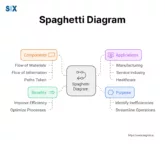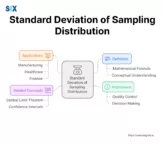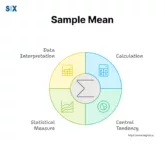Bowtie Model: Revolutionizing Risk Management
While approaching risk management organizations use multiple tools and techniques, but the Bowtie model stands out as a powerful visual tool. It powers identifying, visualizing, and mitigating potential risks in an easy-to-understand manner. Key Highlights What is the Bowtie Model? The bowtie model, aka bowtie method or bowtie analysis, helps visually represent risk illustrating the […]


























